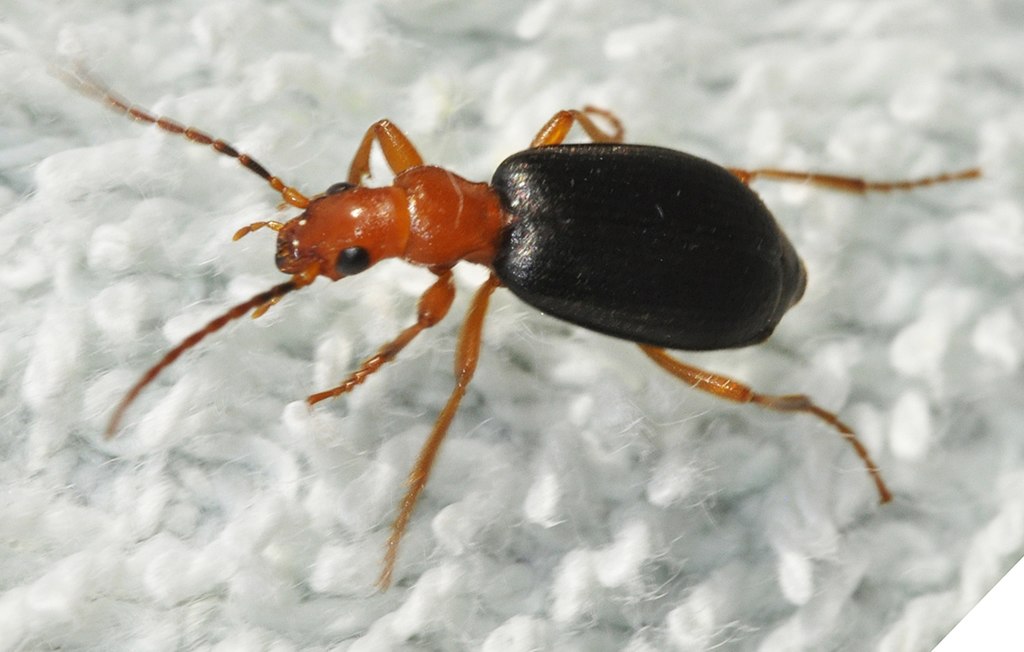In the world of nature’s most bizarre weapons, few creatures have mastered the art of posterior propulsion quite like the bombardier beetle. This remarkable insect has turned what most animals consider their back end into a high-powered chemical cannon that can fire boiling hot liquid at temperatures reaching 212°F. When threatened, this tiny warrior doesn’t run or hide – it literally shoots explosive chemicals from its rear end with pinpoint accuracy that would make a sharpshooter jealous.
Meet the Bombardier Beetle: Nature’s Living Rocket Launcher
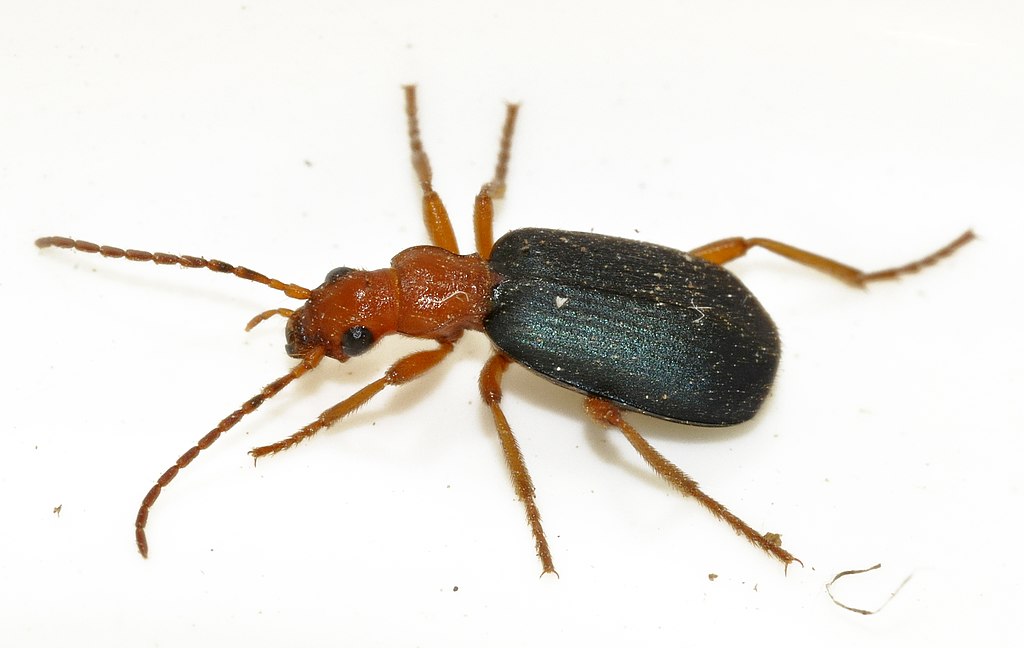
The bombardier beetle belongs to the ground beetle family Carabidae, with over 500 species scattered across the globe. These insects typically measure between half an inch to an inch long, sporting a sleek black or dark brown exoskeleton that makes them look deceptively ordinary. Yet beneath this humble exterior lies one of nature’s most sophisticated defense mechanisms. What sets these beetles apart isn’t their size or appearance, but their ability to produce and launch a superheated chemical spray from specialized glands located in their abdomen. Think of it as carrying a tiny flamethrower that never runs out of ammunition. The beetle can rotate its abdomen nearly 270 degrees, allowing it to aim this biological weapon with remarkable precision at any threat approaching from almost any angle.
The Chemistry Behind the Explosion
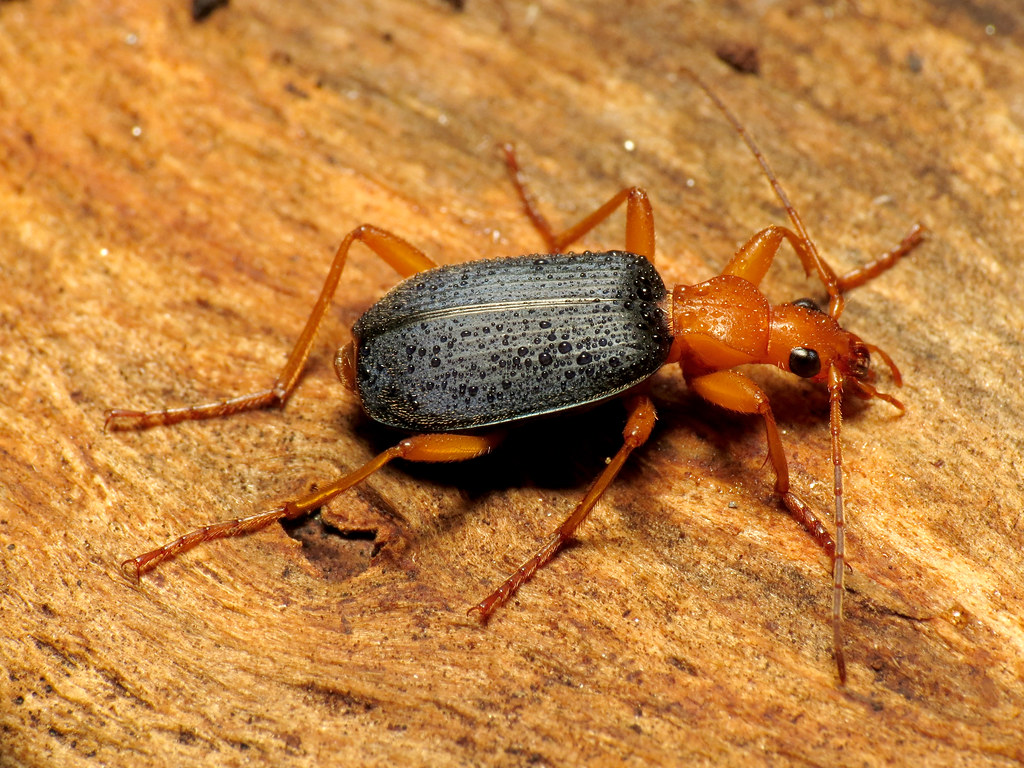
The bombardier beetle’s weapon system operates on a two-chamber principle that would impress any chemist. The first chamber stores a mixture of hydroquinone and hydrogen peroxide, while the second chamber contains enzymes called catalases and peroxidases. When danger strikes, these chemicals combine in a reaction chamber, creating a violent chemical explosion. This reaction produces temperatures hot enough to kill small predators instantly and painful enough to send larger ones running for cover. The chemical spray reaches temperatures of 212°F (100°C) – the same temperature as boiling water. The pressure generated by this reaction is so intense that it can propel the liquid spray up to 8 inches away from the beetle’s body.
How the Biological Catapult Actually Works

The bombardier beetle’s rear-end catapult operates through a series of rapid-fire pulses rather than one continuous stream. High-speed cameras reveal that the beetle can fire between 500 to 1,000 pulses per second, each lasting just a few milliseconds. This pulsed delivery system prevents the beetle from cooking itself while maximizing the spray’s effectiveness. The key to this system lies in the beetle’s ability to control the timing and intensity of the chemical reaction. Special valves regulate the flow of chemicals into the reaction chamber, while the beetle’s muscular control allows it to aim and fire with deadly accuracy. It’s like having a machine gun that fires chemical bullets, all controlled by the insect’s nervous system.
The Evolutionary Journey to Posterior Perfection

Scientists believe the bombardier beetle’s explosive defense system evolved over millions of years through gradual improvements to simpler chemical defenses. Early ancestors likely possessed basic glands that produced mildly irritating chemicals, similar to what we see in many modern insects today. Over time, natural selection favored beetles with more potent chemical combinations and better delivery systems. The evolution of this complex system challenges our understanding of how intricate biological mechanisms can develop. Each component – the chemical storage system, the reaction chamber, the muscular control, and the directional nozzle – had to evolve in coordination with the others. This remarkable example of biological engineering demonstrates nature’s ability to create solutions that rival human technology.
Precision Targeting: The Art of Chemical Warfare
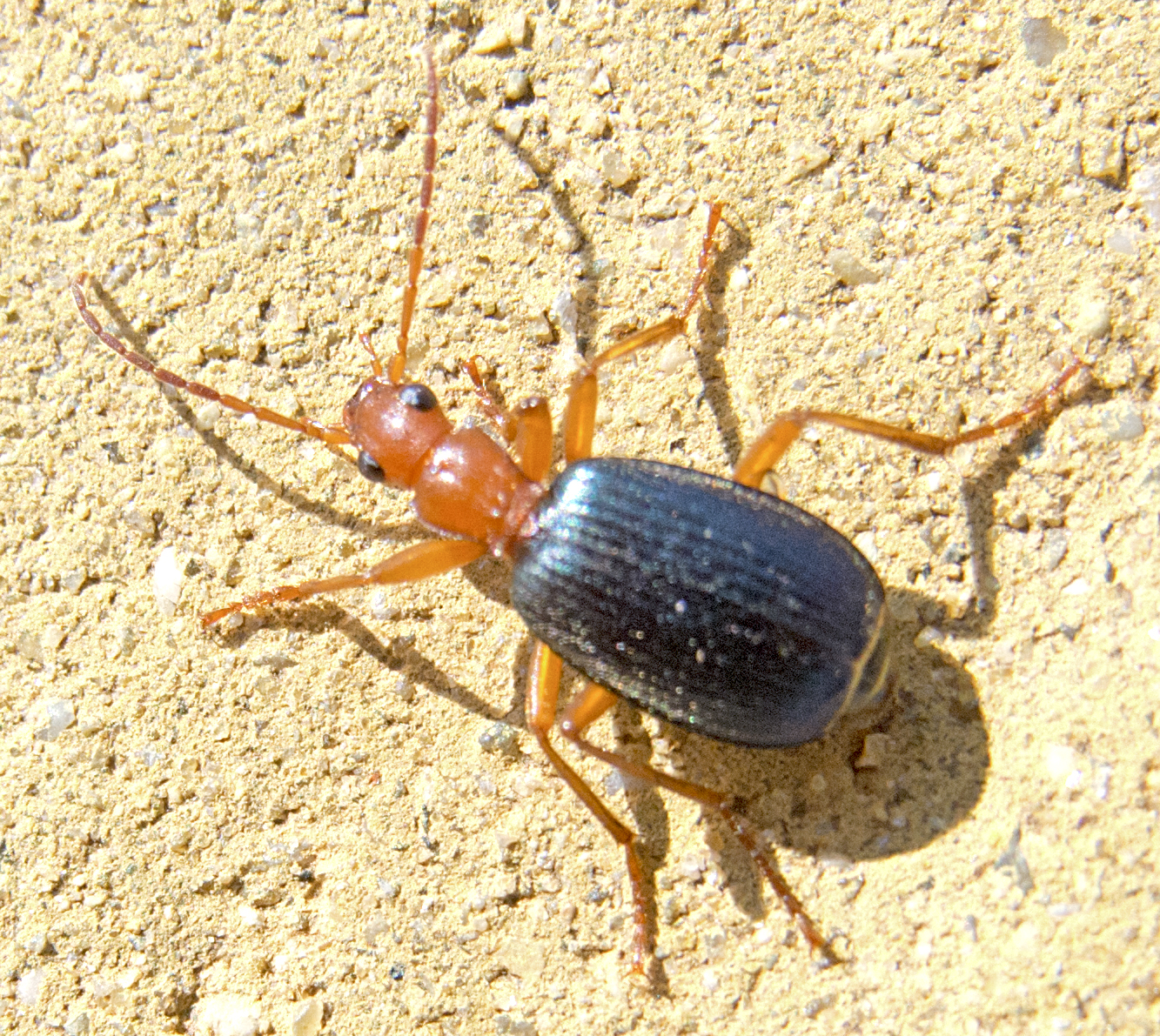
The bombardier beetle’s aiming system rivals that of modern military weapons. The insect can detect threats through vibrations, chemical signals, and direct contact, then rapidly orient its abdomen toward the source of danger. This targeting system is so precise that the beetle can hit a moving target while remaining stationary, or fire over its shoulder while running away. Research has shown that these beetles can adjust their aim within milliseconds of detecting a threat. They can even fire multiple shots in different directions if faced with multiple attackers. The beetle’s nervous system processes threat information and coordinates the complex muscular movements needed to aim and fire faster than most animals can react.
When Size Doesn’t Matter: Taking Down Giant Predators

Despite their small size, bombardier beetles regularly face off against predators many times their size and emerge victorious. Frogs, spiders, ants, and even birds have learned to avoid these tiny chemical warriors after experiencing their painful spray. The beetle’s defense is so effective that it can deter predators weighing hundreds of times more than itself. One of the most dramatic examples involves the beetle’s encounters with frogs. When swallowed by a frog, the bombardier beetle can actually fire its chemical spray inside the frog’s stomach, causing the amphibian to vomit up the beetle unharmed. This escape strategy turns what should be certain death into a successful defensive maneuver, proving that in nature, the best defense truly is a good offense.
The Multi-Purpose Nature of the Chemical Arsenal
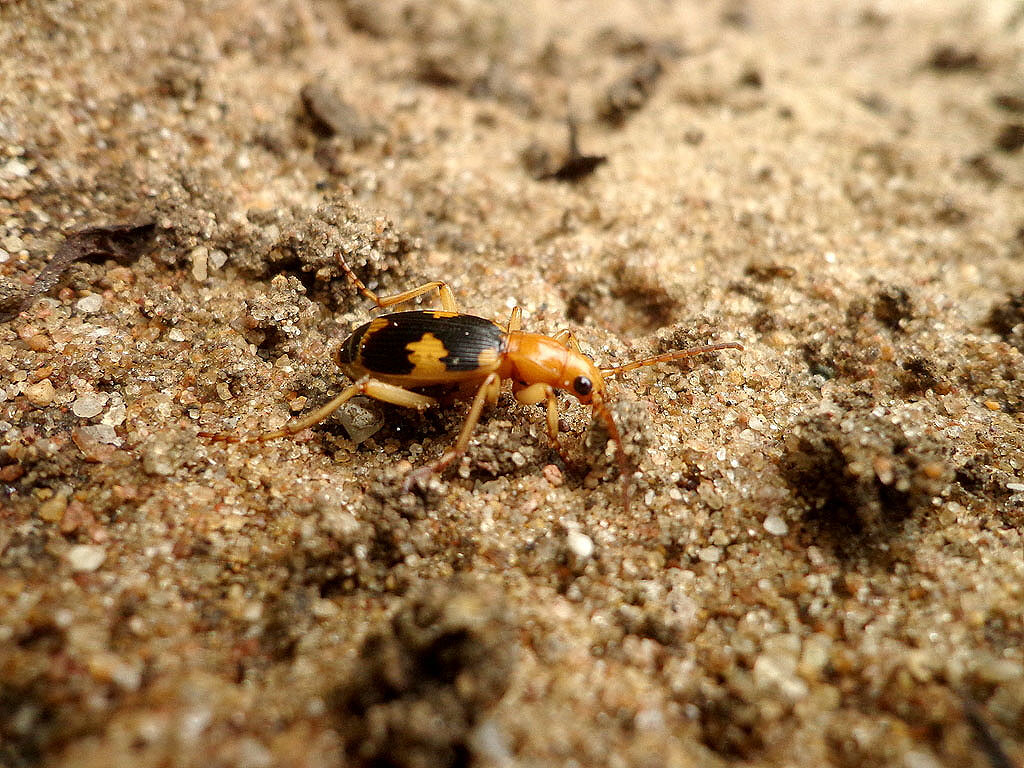
While defense is the primary function of the bombardier beetle’s chemical catapult, these insects have found other uses for their explosive abilities. The spray can help clear paths through dense vegetation, create escape routes by startling multiple predators simultaneously, and even serve as a form of communication with other beetles. Some species use controlled chemical releases to mark territories or signal potential mates. The chemical spray also serves as a powerful deterrent that extends beyond the immediate threat. Predators that experience the beetle’s defense often develop lasting memories of the encounter, avoiding similar-looking insects in the future. This learned avoidance behavior provides protection not only for the individual beetle but for the entire species in that area.
Global Distribution and Habitat Preferences
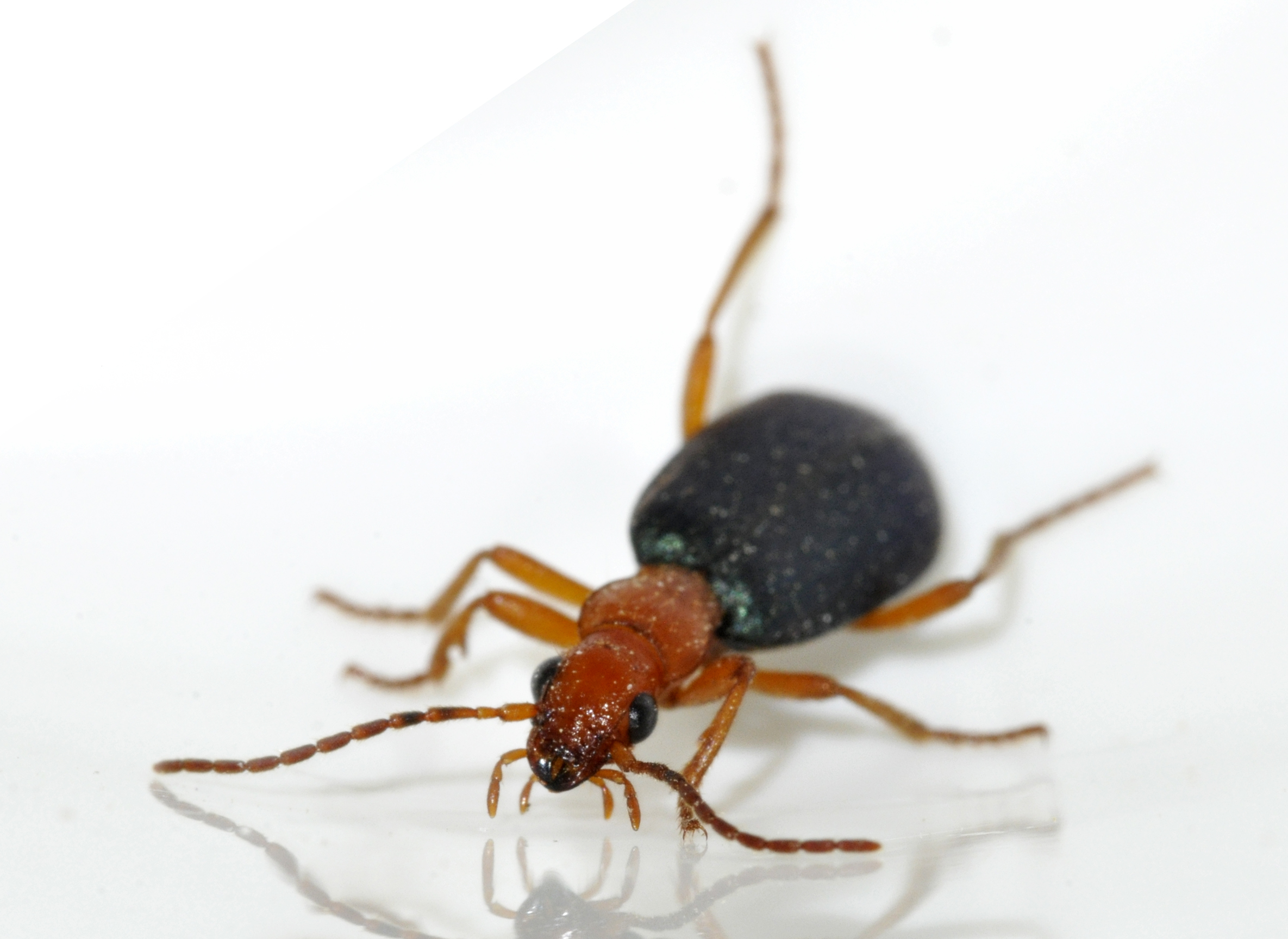
Bombardier beetles have conquered nearly every continent except Antarctica, adapting to environments ranging from tropical rainforests to desert landscapes. They thrive in areas with abundant ground cover, where they can hunt for small insects and hide from larger predators. Many species prefer moist environments near streams, ponds, or in forest leaf litter. Different species have evolved specific adaptations to their environments. Desert-dwelling bombardier beetles tend to be more heat-tolerant and can produce more concentrated chemical sprays, while forest species often have enhanced targeting abilities to deal with the complex three-dimensional environment of tree canopies and undergrowth.
The Beetle’s Daily Life Beyond Chemical Combat

When not engaged in chemical warfare, bombardier beetles lead surprisingly active lives as hunters and scavengers. They primarily feed on smaller insects, worms, and decaying organic matter, using their powerful jaws to capture and process prey. These beetles are most active during nighttime hours, when they emerge from their hiding places to hunt and explore. Their hunting strategy combines stealth with the constant threat of chemical retaliation. Most prey animals instinctively avoid the distinctive odor that bombardier beetles emit, giving these predators an advantage in surprising their victims. The beetle’s reputation as a dangerous adversary precedes it, making hunting easier and more successful.
Reproduction and Passing Down the Chemical Legacy

Bombardier beetles follow a complete metamorphosis lifecycle, progressing through egg, larva, pupa, and adult stages. The chemical defense system doesn’t fully develop until the beetle reaches adulthood, leaving younger stages vulnerable to predators. However, bombardier beetle larvae have evolved other survival strategies, including burrowing behaviors and protective coloration. During mating season, adult beetles use modified chemical signals to attract mates without triggering defensive responses. The ability to produce and control chemical sprays appears to be partly genetic and partly learned, with young beetles practicing their aim and chemical production before reaching full defensive capability.
Scientific Research and Biomimetic Applications

The bombardier beetle’s chemical catapult has inspired numerous scientific studies and technological applications. Researchers have used high-speed photography, chemical analysis, and biomechanical modeling to understand exactly how this system works. This research has led to innovations in micro-propulsion systems, chemical delivery mechanisms, and even medical drug delivery devices. Engineers are particularly interested in the beetle’s ability to generate controlled explosions without damaging itself. This principle has applications in everything from rocket propulsion to pharmaceutical manufacturing. The beetle’s pulsed delivery system has inspired new designs for spray nozzles and chemical dispensers used in agriculture and industry.
Conservation Concerns and Environmental Threats
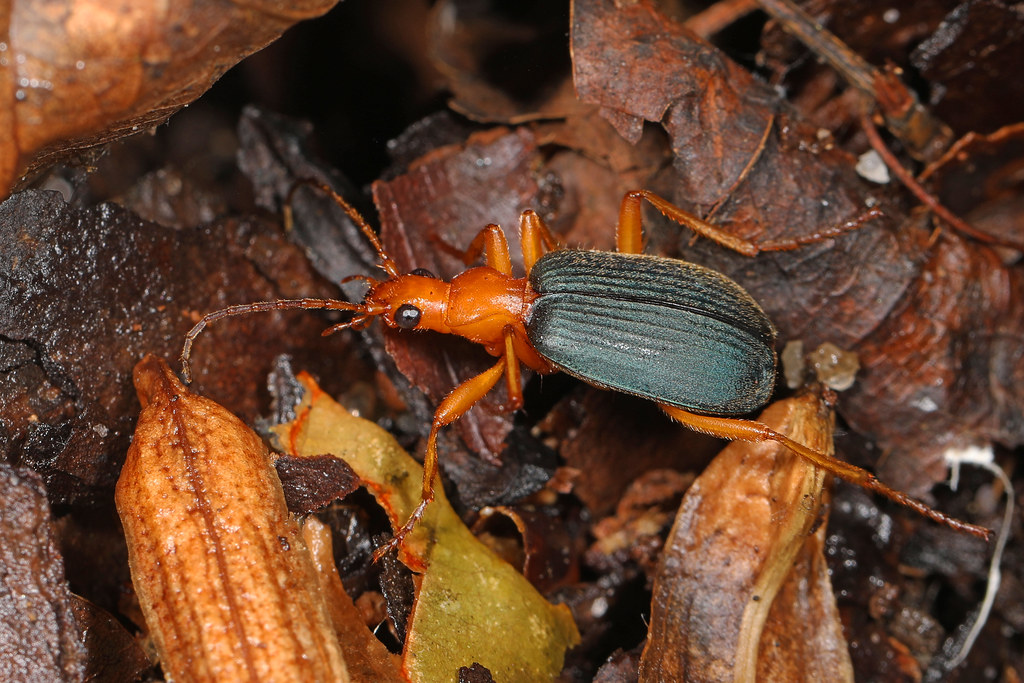
Despite their formidable defenses, bombardier beetles face increasing threats from habitat destruction, pesticide use, and climate change. Many species have highly specific habitat requirements, making them vulnerable to environmental changes. Urban development and agricultural intensification have eliminated many of the moist, organic-rich environments these beetles depend on. Conservation efforts focus on preserving the diverse microhabitats that support bombardier beetle populations. This includes maintaining natural water sources, preserving fallen logs and leaf litter, and reducing pesticide applications in areas where these beetles are known to live. Some species have become indicator organisms for ecosystem health, as their presence suggests a balanced and chemically stable environment.
The Beetle’s Place in Ecosystem Dynamics

Bombardier beetles play crucial roles in their ecosystems as both predators and prey, despite their impressive defensive capabilities. They help control populations of smaller insects and contribute to nutrient cycling through their scavenging activities. Their presence indicates a healthy ecosystem with sufficient organic matter and prey species to support specialized predators. Even with their chemical defenses, bombardier beetles serve as food sources for specialized predators that have evolved strategies to overcome their explosive defense. Some spiders and birds have learned to attack these beetles in ways that prevent effective chemical discharge, demonstrating the ongoing evolutionary arms race between predator and prey.
Future Research and Unanswered Questions
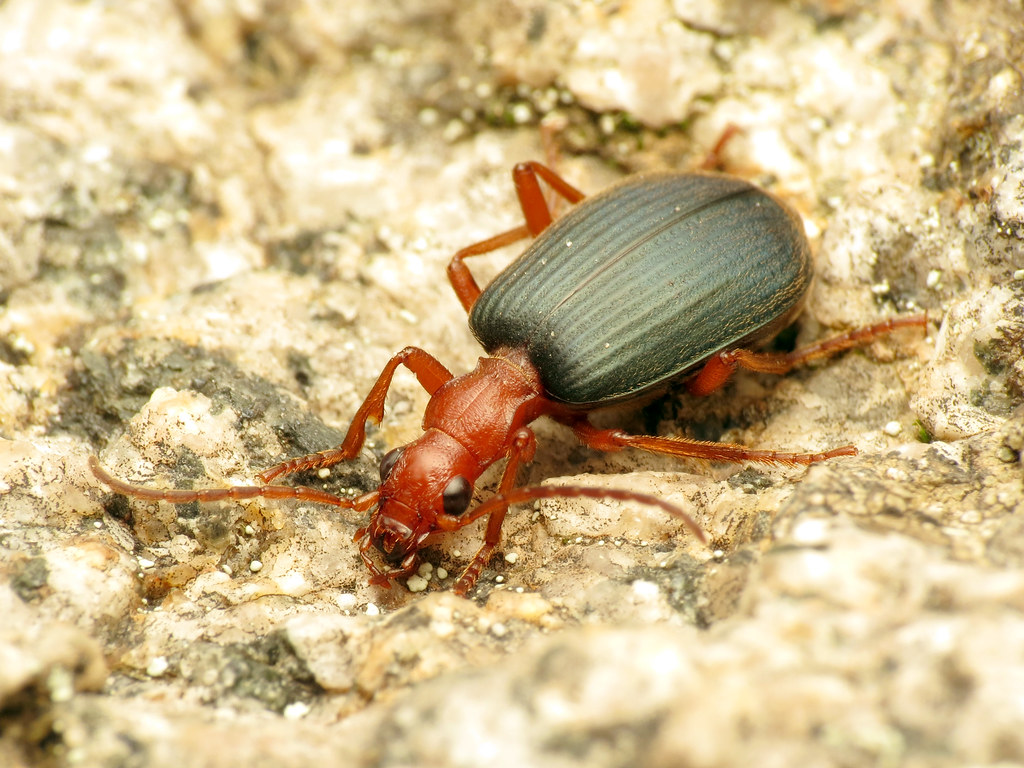
Scientists continue to uncover new aspects of bombardier beetle biology and behavior. Recent research has revealed that different species produce slightly different chemical combinations, suggesting ongoing evolution of their defensive systems. Studies are also exploring how these beetles coordinate their chemical production with their nutritional needs and energy requirements. Current research questions include how beetles avoid accidentally poisoning themselves with their own chemicals, whether they can vary the potency of their sprays based on threat level, and how climate change might affect their chemical production abilities. Advanced imaging techniques are revealing new details about the internal structures that make this biological catapult possible.
Conclusion

The bombardier beetle’s rear-end catapult represents one of nature’s most ingenious solutions to the fundamental challenge of survival. This tiny insect has evolved a chemical defense system that combines precise engineering with devastating effectiveness, proving that size means nothing when you’re packing serious firepower. From the intricate chemistry of its explosive reactions to the sophisticated targeting system that guides its shots, every aspect of this biological weapon showcases evolution’s remarkable ability to create complex solutions to life’s challenges. As we continue to study these remarkable creatures, they remind us that the natural world still holds countless secrets waiting to be discovered, and that sometimes the most extraordinary abilities come in the smallest packages. What other hidden weapons might be waiting in nature’s arsenal, just waiting for us to notice them?

